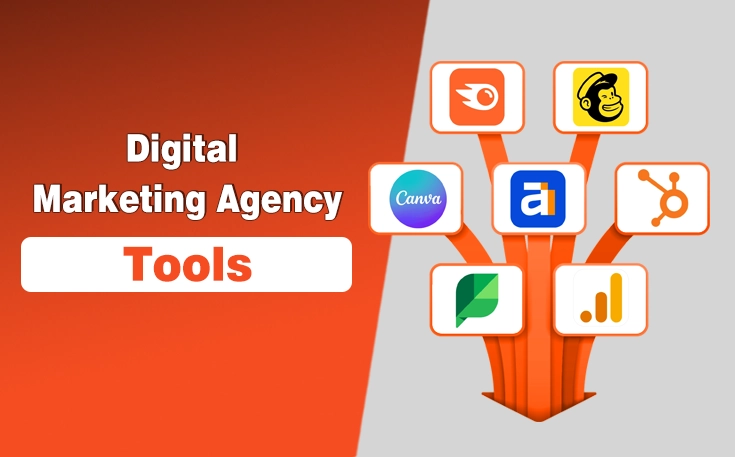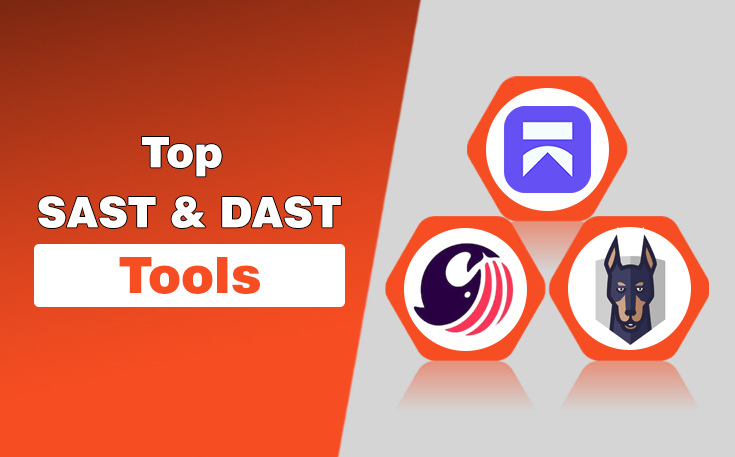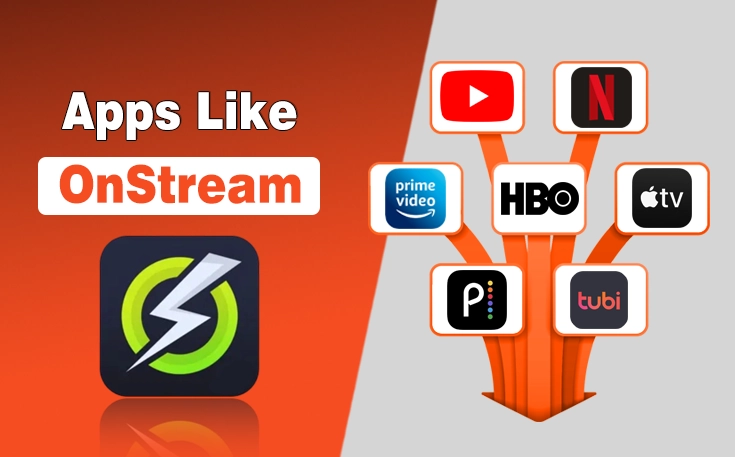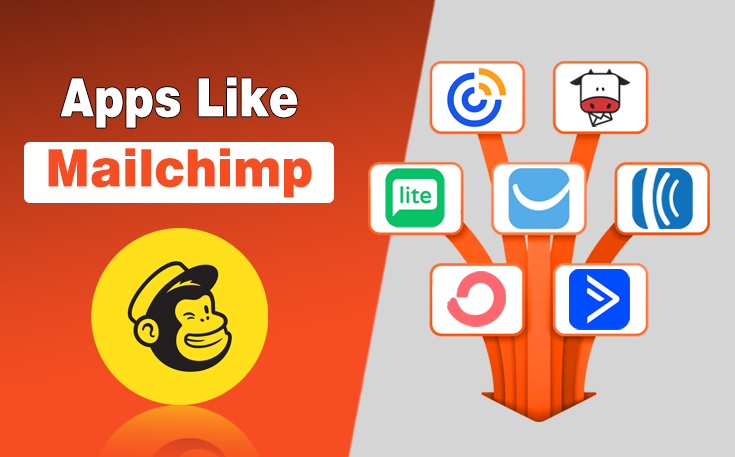If you want your business to appear at the top of Google, you must know what is EEAT in SEO. Essentially, EEAT stands for Experience, Expertise, Authoritativeness, and Trustworthiness. These four are what Google considers to determine whether your website is worthy of a high ranking.
Google wants to ensure that when someone clicks on a link, they’re getting information that’s on the money, helpful, and from a source they can trust.
In this blog post, I will discuss all the components of EEAT, how to apply them, and why they are the magic ingredient for marketing campaigns and building a website that Google absolutely loves.
Let’s start!
What is EEAT – A Short Overview
“EEAT is what Google uses to determine whether your site is trustworthy and beneficial to people. It examines who creates your content, what they really do know, whether other people find them trustworthy, and whether your site is safe and easy to navigate.”
- Experience: First-hand or life experience related to the topic.
- Expertise: Skill or knowledge in the subject matter.
- Authoritativeness: Recognition from other sources or people in the field.
- Trustworthiness: Transparency, accuracy, and user safety.
I have created a complete guide on Google EEAT, where I have explained everything about the meanings of this term.

To stay on top of what is required, you can’t just trust your instincts. You should have some real data and insights. That’s where SEO tools enter the picture. Semrush and Ahrefs are popular, but there are tons of the best Semrush competitors or Ahrefs alternatives like UberSuggest and Moz.
All of them possess capabilities that assist you in monitoring your authority, decoding those trust signals, and improving the quality of content. A combination of these tools provides you with a broader perspective, helps you identify any gaps, and ensures your site meets Google’s requirements for EEAT and beyond.
How to Master EEAT Effectively? Top Tips to Follow
If your site follows EEAT principles, you will notice improved rankings, more clicks, and more user trust. Google employs EEAT to safeguard users from low-quality or even harmful content, so if you wish to be seen, you need to demonstrate that you are trustworthy.
In the under section, I have mentioned the tips on how to master EEAT effectively, so you can follow them to improve your credit score in front of Google to grab the desired advantages.
1. Add First Hand Experience to Content
When creating content, don’t just summarize others. You have to share your own experience. Google values content created by someone who has actually used the product, treatment, or process. The best example is of Healthline website. They have included personal experience in their health articles and rank among the top health content sites on Google.
If you also want to do the same, irrespective of your niche, the following steps will help you:
- Add personal case studies, reviews, or photos/screenshots.
- Include unique insights and stories, not available elsewhere.
- Use bylines that reflect lived experience or qualifications.
2. Build Expert Profiles
The primary purpose of Google is to emphasize EEAT is as Google wants to know who is behind the content. If your author has qualifications or credentials, show them on your website with key certificates. In this way, Google will learn that your content is from experienced individuals and may start giving you an edge.
The actionable steps for this purpose are:
- Create detailed author bios with credentials.
- Link to LinkedIn or academic profiles.
- Show proof of expertise (certifications, media mentions, publications).
3. Strengthen Your About Page
Google reviewers check your About page to evaluate your credibility. That’s why you should focus on creating a well written and properly structured bio. In this way, you can have a chance to directly tell the users and reviewers about who you are and the purpose of sharing the content 9obviously which is to help users by providing the exact and accurate solutions).
Additionally, you can include:
- Company background
- Mission statement
- Team bios with relevant qualifications
- Awards, partnerships, or achievements
4. Get Mentioned by Authoritative Sources
The “A” in E-E-A-T is about external recognition. If others in your industry recognize or reference you, Google considers you an authority. Thus, the pages with strong backlink profiles rank significantly higher in the search engine results pages.
And I am not saying this on my own. According to the stats provided by Backlinko, the page ranking at #1 in Google SERP has 3.8 times more backlinks than those ranked between #2 to #10
So, if you want to build authority in your niche, you can follow these guidelines:
- Get featured on relevant blogs or news sites.
- Do guest posting with backlinks to your author page.
- Be active on platforms like Quora, Medium, and Reddit with value-adding content.
5. Collect and Showcase Real Reviews
Social proof builds trust. Google checks for brand mentions and user feedback across the web. And that, too, is mentioned in Google’s documentation on E-E-A-T. It is clear that a Positive Reputation is a key factor in ranking a site, specifically in YMYL content.
So, if you want social proof for your website, you should:
- Get Google reviews, Trustpilot, or G2 reviews.
- Add testimonials with names, photos, or videos.
- Highlight social media endorsements.
6. Ensure Content Accuracy and Cite Sources
Misinformation always kills trust, and that’s the reason Google has started implementing Google E-E-A-T to eliminate sites from the SERP that do not provide authentic information. So, if you want to master EEAT, it will be best to always check facts and update your articles regularly.
The best practices in this regard are:
- Link to primary sources (official studies, government sites).
- Date stamp your content and show last updated.
- Hire editors or fact-checkers if needed.
7. Use HTTPS and Secure Your Site
In the online world, trust always starts with a secure connection provided by an SSL certificate. If your site is not HTTPS, it is already considered untrustworthy. Google has already confirmed that HTTPS is a ranking factor since 2014.
To secure your site and improve its trustworthiness, you should:
- Use an SSL certificate (HTTPS).
- Avoid intrusive ads or malware.
- Monitor site health with Google Search Console.
What Are the Best Ways to Improve EEAT on Your Website?
You can improve EEAT on your site with a number of distinct strategies that aren’t just limited to content creation. Here is what you can do:
- Begin by taking a good, hard look at your existing pages.
- Scan for any thin, stale, or dull content and focus on rewriting or updating those sections
- Add original research, interview customers, or use data from your own company when creating new content.
- Create author bios with links to their professional profiles and social media handles.
- Show current contact information, privacy statements, and terms of service.
- Make sure your business information is accurate everywhere, such as your website, Google Business Profile, and directories.
How Do You Optimize Different Content Types for EEAT?
EEAT varies based on the type of content you’re publishing, and knowing these differences helps you to maximize your SEO authority. Here’s more about how to handle different content types:

1. Optimizing Blog Posts
For blog posts, demonstrating real experience and referencing reputable sources counts. Your readers and Google both need to be able to see that your opinions or recommendations are from someone who’s done it or personally gone through it, rather than regurgitating what everyone else is saying.
Extended author descriptions, URL references to credentials, and references from reputable sources all serve to validate the perceived authority and credibility of your blog posts.
2. Managing Product Pages Effectively
When you’re looking at product pages or online shops, it’s all about being transparent and keeping things easy for users. EEAT is dedicated to providing accurate product information, genuine customer reviews, transparent pricing, and secure checkout.
Adding trust badges, return policies, and information on customer support can significantly enhance your site’s trustworthiness and visibility in crowded markets.
3. Optimizing News Websites
If your website is reporting news or current events, EEAT is all about being timely, accurate, and transparent about where you source your information.
When you publish content with the bylines of reputable journalists or professionals and make corrections in a timely manner, this signals to Google that you’re committed to being credible and reporting facts.
4. Taking Care of Visual Content
Visual material, like infographics or videos, must depict EEAT through references to data sources, like expert opinions, or demonstrate examples of usage in real life. For webinars or podcasts, include transcripts, guest profiles, and references to other resources.
User-generated material, like Q&A or forums, must be moderated for accuracy and tone, and emphasize contributions from authenticated experts.
5. Optimizing Landing Pages for Success
For service descriptions and landing pages, simply be honest, simple, and authentic. Add some case studies, and testimonials, and make calls to action very visible.
You want them to be able to easily understand what you’re about and what to do next, whether that’s buying something, scheduling a consultation, or subscribing to a newsletter.
Final Thoughts
Knowing what EEAT in SEO is is a must if you’re to thrive online. By concentrating on quality content, establishing SEO authority, stockpiling trust signals, and investing in reputation management, you’ll create a site that wows users and Google.
The quality of your content and the authority of your website will reward you with better rankings, ensure greater traffic, and build a loyal following. That’s how you win at SEO today and tomorrow.
Need custom app with amazing features?
Get a Quote




